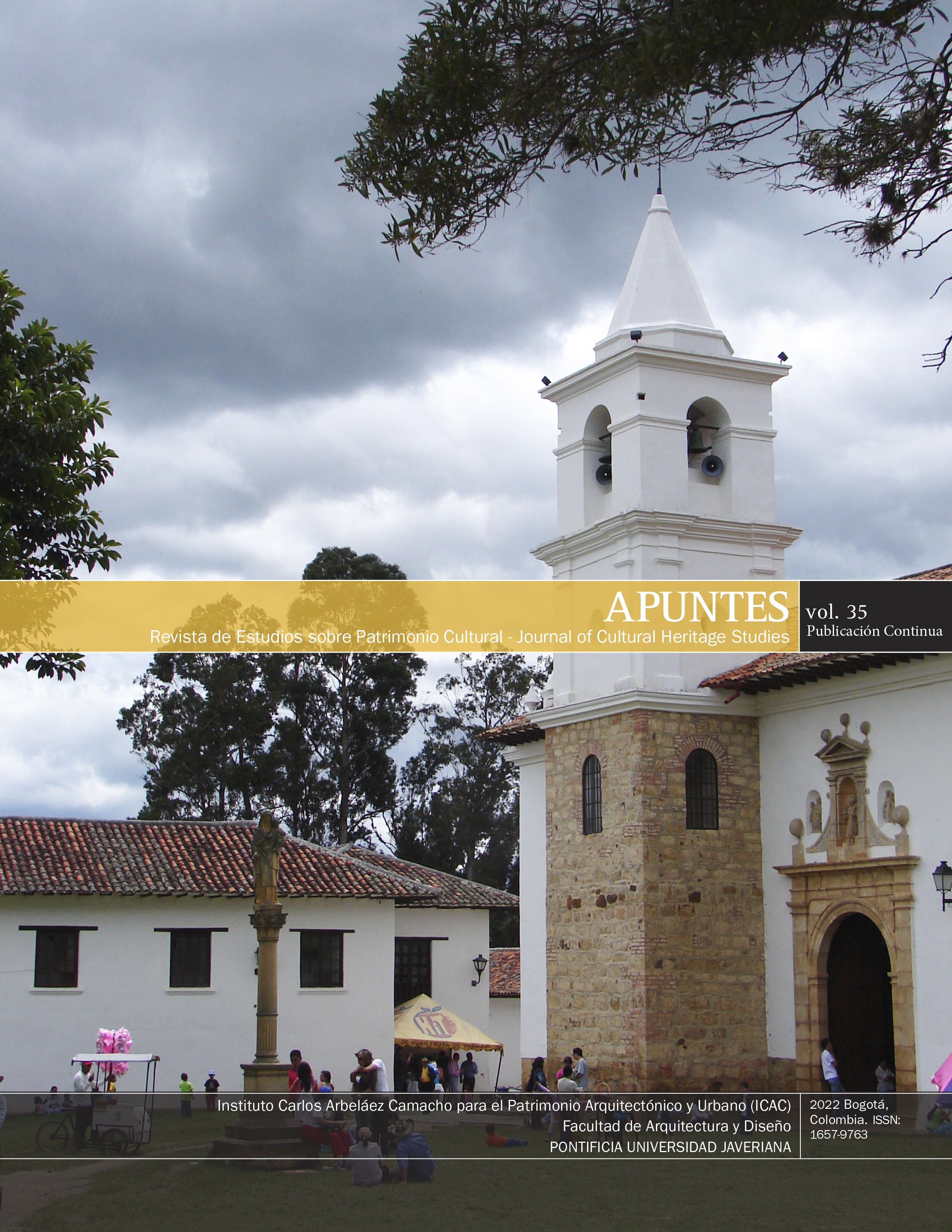Resumo
Este artículo sintetiza la primera etapa de un estudio en desarrollo y está dirigido a analizar el significado y alcance de la noción de “adaptabilidad edilicia disponible” en edificios históricos. Asimismo, a partir de establecer analogías con conceptos semejantes usados en otras disciplinas o saberes se ha examinado la relación entre la adaptabilidad, la vulnerabilidad y la valoración histórico-cultural.
Nuestro objetivo es establecer una técnica para evaluar cómo las características materiales del edificio se relacionan con la posibilidad de admitir cambios, en particular respecto del uso. Cuando se realiza un proyecto de reutilización, es habitual que la elección y asignación del nuevo uso o función para el bien patrimonial se realice de manera subjetiva, sin considerar ni evaluar sus condiciones y características tanto materiales como culturales. Como consecuencia de asignaciones arbitrarias del uso, las intervenciones requeridas para adecuar o “llevar” al edificio a un nuevo destino representan un forzamiento con alteraciones y modificaciones que impactan negativamente sobre su materialidad y peor aún, sobre su significación y valor cultural.
El proyecto marco que desarrollamos plantea como hipótesis que los edificios históricos poseen un potencial de adaptabilidad material inherente que representa la capacidad del edificio para responder a algún tipo cambio, en particular aquel orientado a su reutilización. Este potencial de adaptabilidad material (PAM) queda definido por un índice elaborado a partir de variables operacionales e indicadores que representan las principales condiciones y características materiales que le son propias o inherentes al bien edilicio.
Cantacuzino, S. (1975). Nuevos usos para edificios antiguos. Architectural Press.
Cantacuzino, S. (1980). Salvando edificios antiguos. Architectural Press.
Carta de Burra, Australia, 1999
Carta de Nara, Japón, 1995 (o 1994)
Cirvini, S. (2019). El valor del pasado. Aportes para la evaluación del patrimonio arquitectónico en Argentina. Revista de Historia Americana y Argentina, 54(2), 13-38. https://revistas.uncu.edu.ar/ojs/index.php/revihistoriargenyame/article/view/2805/2519
Normas de Quito, Ecuador, 1967
Torres Gilles, C., y Jorquera Silva, N. (2017). Evaluación integral de la adaptabilidad del patrimonio residencial frente a los actuales requerimientos de uso. Arquitectura y Urbanismo, 38(1), 22-35.
Villaseñor Alonso, I. (2011). El valor intrínseco del patrimonio cultural: ¿una noción aún vigente? Intervención, 2(3), 6-13. http://www.scielo.org.mx/pdf/inter/v2n3/v2n3a2.pdf

Este trabalho está licenciado sob uma licença Creative Commons Attribution 4.0 International License.
Copyright (c) 2022 Silvia Cirvini, Ing. José A. Gómez Voltan


